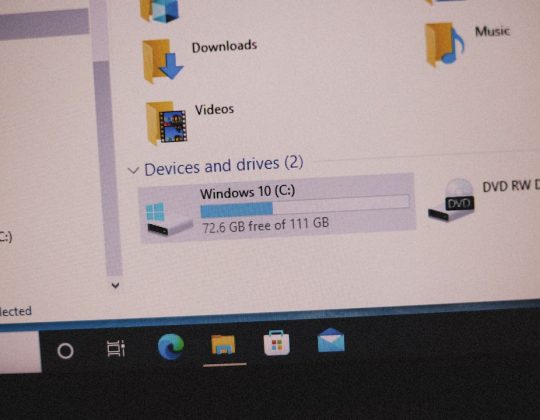Anchor text used to be simple. Just slap a few exact match keywords in a link and boom—you were ranking. But things have changed. Google’s smarter. Context matters. And sloppy linking can hurt more than help.
Don’t panic! This article will walk you through the new rules of anchor text. We’ll keep it simple, fun, and easy to understand.
The Basics of Anchor Text
First, let’s refresh the basics. Anchor text is the clickable part of a link. Like this: best pizza in town.
Back in the old days, people would stuff their anchor text with keywords. That worked… for a while. But now, search engines want more.
Today, it’s about natural links that make sense in the content around them.
Why Context Is King
Google doesn’t just look at the anchor text itself. It looks at the sentence it’s in. The paragraph. Even the whole page. This is what we call contextual linking.
If you link to “best coffee shops” in a post about buying shoes, it looks weird. But if you do it in a blog post about travel tips, it fits. The words around the anchor text help explain what the link is about.
Think of links like movie actors. Their performance (anchor text) matters. But so does the scene they’re in (context).

Types of Anchor Text
Let’s break down the main types of anchor text. Understanding these can help you build smarter links.
- Exact Match: The anchor text is the exact keyword you want to rank for. Example: buy running shoes.
- Partial Match: Includes the keyword in a longer phrase. Example: best places to buy running shoes.
- Branded: Uses the name of your brand. Example: Nike.
- Generic: Doesn’t include a specific keyword. Example: click here or this link.
- Naked URL: The URL is the anchor text. Example: www.example.com.
In the past, everyone loved exact match. But today, it’s better to mix things up.
The Golden Ratio: Diversify!
If 100% of your links say “buy cheap laptops,” Google gets suspicious. That kind of repetition looks spammy.
Instead, aim for a balanced mix:
- 30-40% branded
- 20-30% partial match
- 10-20% generic
- 10% exact match (if that)
- The rest can be naked or other types
This doesn’t have to be perfect. But a natural profile looks more trustworthy to search engines.
Write Anchors Like a Human
This rule is simple but powerful: write links the way real people talk.
Instead of forced phrases like:
“To buy leather laptop bags online visit our store.”
Try something more natural, like:
“Check out our selection of leather laptop bags.”
See the difference? It flows better. It feels more trustworthy. And Google agrees.
Using Context to Boost Authority
Context isn’t just about being natural. It actually makes links more powerful.
Here’s how:
- Use relevant topics around your link.
- Answer questions people are searching for.
- Include supporting keywords near the anchor text.
For example, if you’re linking to “camping gear recommendations,” write about outdoor adventures, tents, and campfires near the link. That helps Google understand the theme.

One Page, One Keyword
Each page on your site should focus on one main keyword topic.
Don’t stuff ten different link targets into one blog post. It waters everything down. Instead, build pages around topics. Then link naturally to those pages when the topic comes up.
Quality over quantity is the name of the game.
Internal vs External Links
Internal links go to your own website. Super useful for guiding visitors. And they tell Google what’s important.
External links go to other websites. And yes, those can help too. If you link to trusted sources, it builds your authority.
But don’t overdo it. Too many external links can distract your reader and dilute your keyword strength.
Tips for Internal Linking:
- Use relevant anchor text
- Only link where it adds value
- Don’t use the same anchor over and over
- Link to both old and new content
Don’t Try to Trick Google
If you’re thinking of using invisible links, shifty redirects, or keyword stuffing—don’t. Google will find out. And your site will suffer.
Honesty is the best SEO policy. Create good content. Link where it makes sense. And let your expertise shine through.
Anchor Text in 2024 and Beyond
Search engines are evolving. Fast. They now use AI to understand how language works. So your anchor text strategy has to evolve too.
The trend is clear:
- Use natural language
- Focus on topics, not just keywords
- Keep your readers in mind first
- Write for humans. Optimize for machines.
This shift isn’t scary—it’s exciting! It means that honest, quality writing wins. So, if you’re putting effort into great content, you’re already ahead of the game.
Let’s Wrap It Up
The new anchor text rules are actually pretty freeing. They’re about being real, helpful, and human.
Here’s your final checklist:
- Balance your anchor types
- Use anchor text in rich contexts
- Focus on user experience
- Write links like people speak
- Never force a link
It’s not about tricks anymore. It’s about trust. And when you get that right, Google will reward you.
So go forth and link like a pro!







